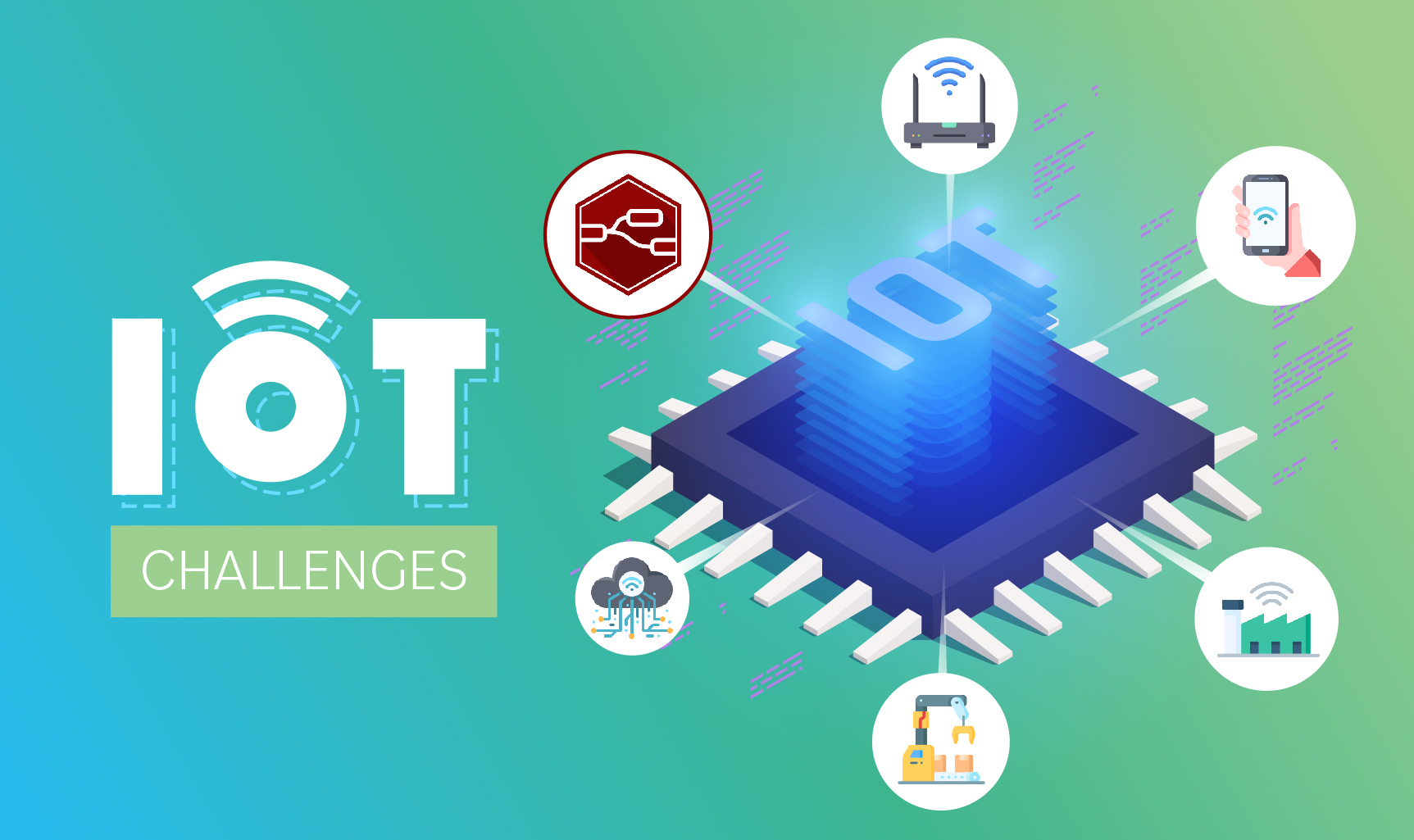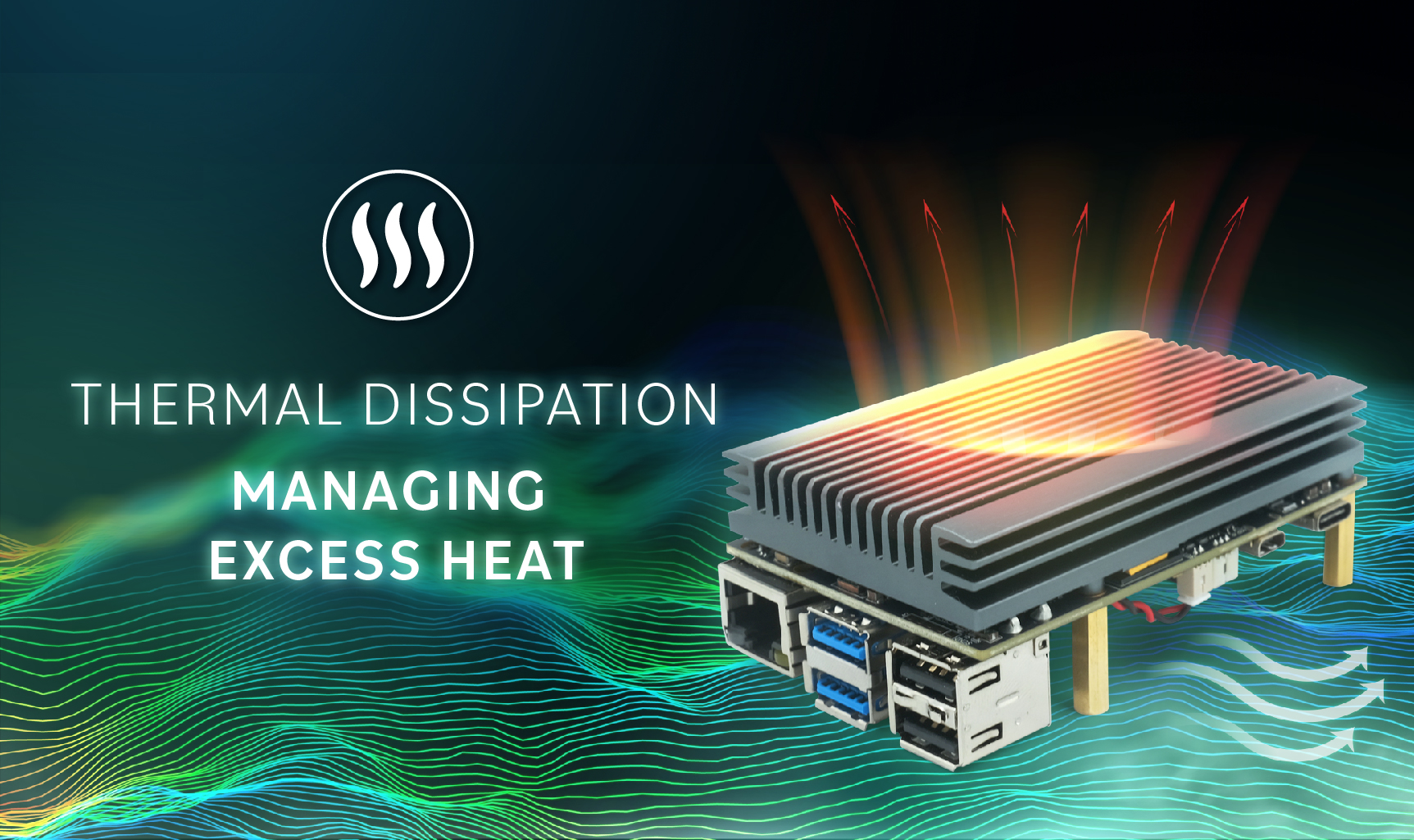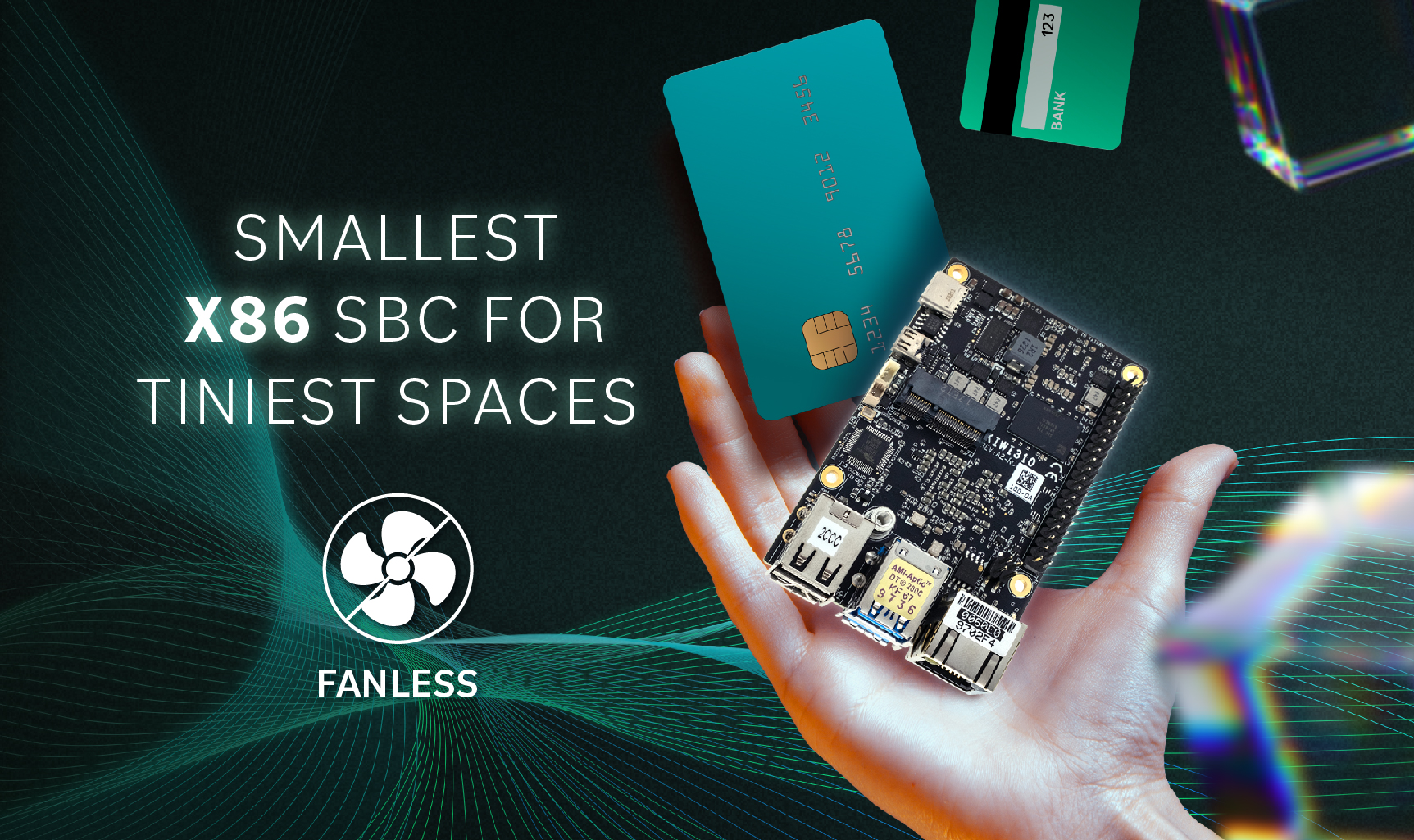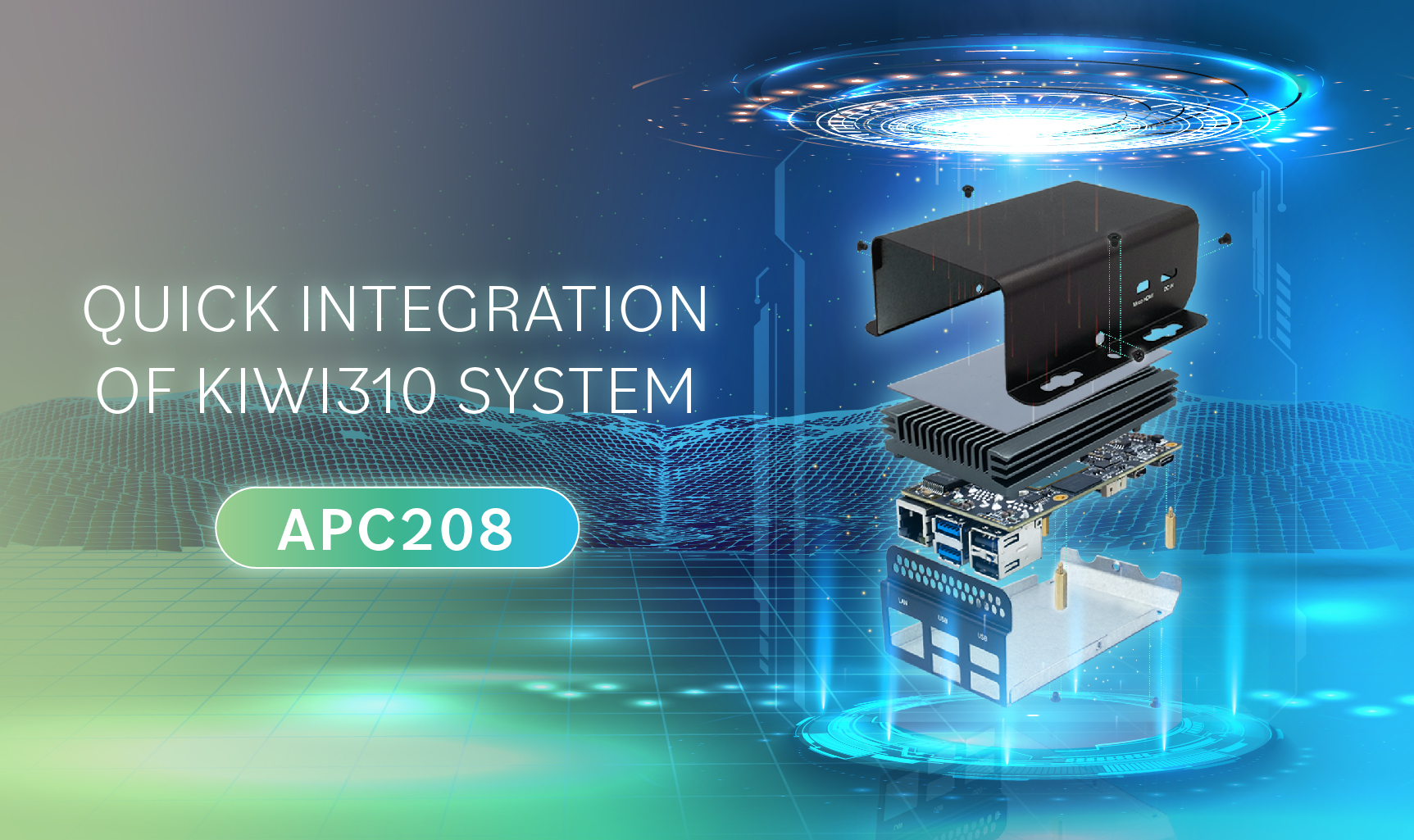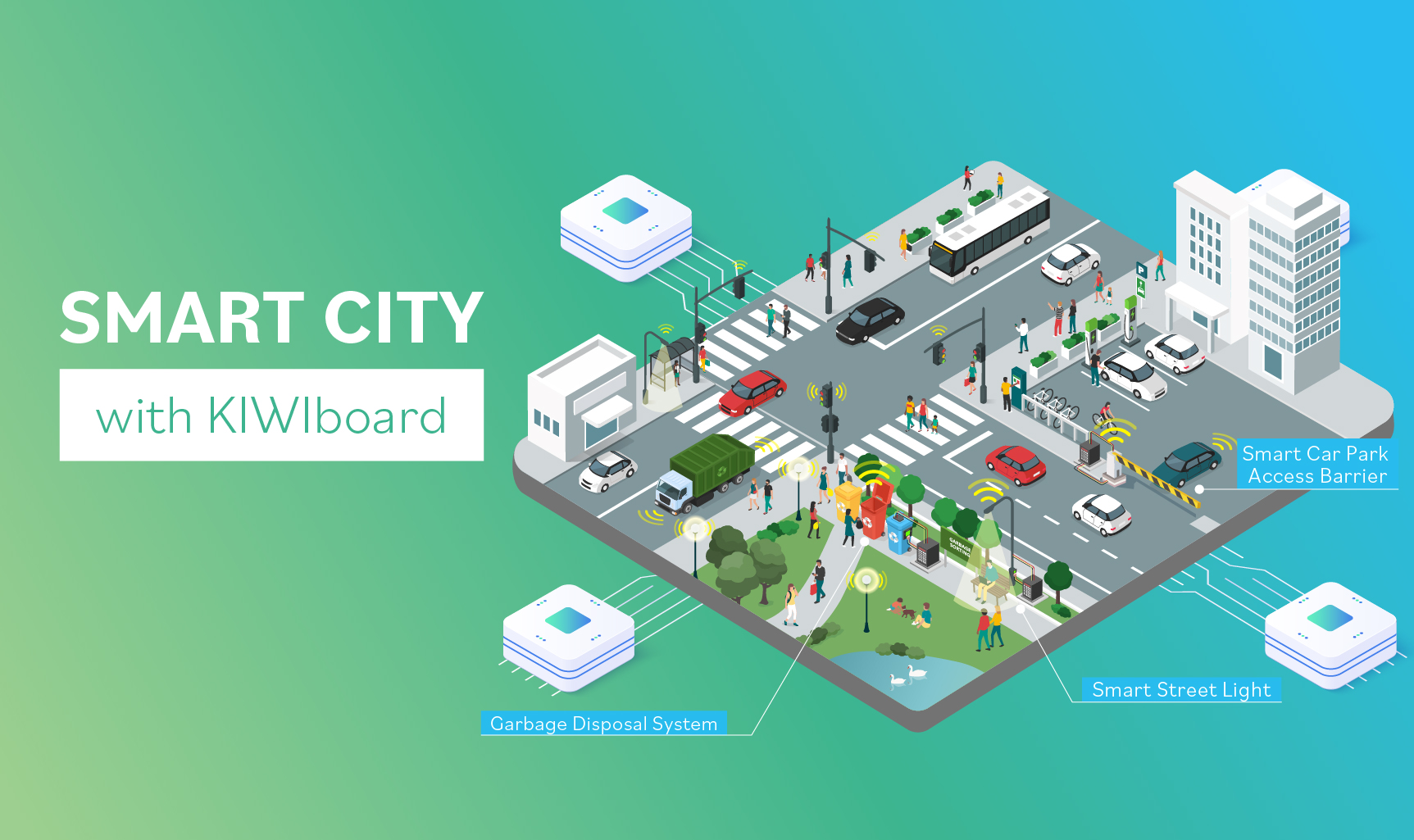
When the Artificial Intelligence meets the Internet of Things
What is AIoT?
In general terms, artificial intelligence refers to the emulation of human intelligence processes by computer systems. This includes applications such as natural language processing, speech recognition, and computer vision.
On the other hand, IoT comprises interconnected computing devices, mechanical and digital machines, or objects equipped with unique identifiers. These objects can transmit data over networks without human intervention. Anything that is assigned an Internet Protocol (IP) address that can transmit data falls within the scope of IoT.
So, the convergence of these powerful technologies, artificial intelligence (AI) and the Internet of Things (IoT), results in AIoT. Its primary aims are to improve IoT operations, facilitate human-machine interactions, and optimize data management and analysis.
How AIoT works?
AIoT leverages the strengths of AI and IoT. At the same time, AI improves the IoT by introducing machine learning capabilities and better decision-making processes. In return, IoT complements AI by providing connectivity, signaling, and data exchange.
Therefore, by integrating AI into IoT systems, they go beyond mere data collection and transmission; they actually "understand" and analyze the data. This synergy between AI and IoT will drive innovation and efficiency across various industries.
Benefits Of Combining AI With IoT
- Real-time Adjustments
Data is created and studied to find weak spots, allowing the system to make quick changes. These enhancements, in turn, enhance the convenience and efficiency of numerous machine learning and IoT applications. For instance, this reduced latency enables self-driving vehicles to detect obstacles quickly, enhancing safety.
- Improved Security
IoT devices can be vulnerable to security threats, but AI can step in to spot and prevent these risks. AI algorithms can analyze sensor data, uncover unusual patterns, and detect potential security breaches. For instance, AI can analyze security camera footage to identify suspicious actions and alert the security team to take action.
- Reduced Human Errors
In typical workflows, data travels through various stages and places, which increases the chances of data entry errors. AIoT tackles this issue by examining data right where it originates.
AIoT Applications - Use Cases
Some specific examples of applications where artificial intelligence and IoT work perfectly:
- Monitoring and Predictive Maintenance
For instance, tanks containing hazardous materials should be considered. These tanks have AIoT devices that continuously monitor pressure, temperature, and fluid levels. These AIoT devices are trained using real-time data to recognize patterns and trigger alarms if they detect unusual events. This means that predictive maintenance alerts and notifications for refilling can be automatically generated without human intervention.
- Smart Cities
Cities like New York, Chicago, and Oakland have deployed sound sensors across their streets. If these sensors detect what could be a gunshot, they immediately transmit this information to law enforcement agencies and emergency responders. This includes details such as the location, surveillance footage, historical crime data, and gun permits for that specific area. Besides, AI algorithms can predict the neighborhood where the next crime could occur, and authorities could be alerted to reinforce that area.
- Smart Buildings and Workplaces
Sensors and IoT devices empowered with IoT technology can help control lighting, temperature, and security. AI algorithms can learn the preferences of the building’s occupants and automatically adjust the environment to create a more comfortable and efficient space. For instance, temperature sensors can detect areas within a building that need additional heating or cooling without human intervention and lower utility costs.
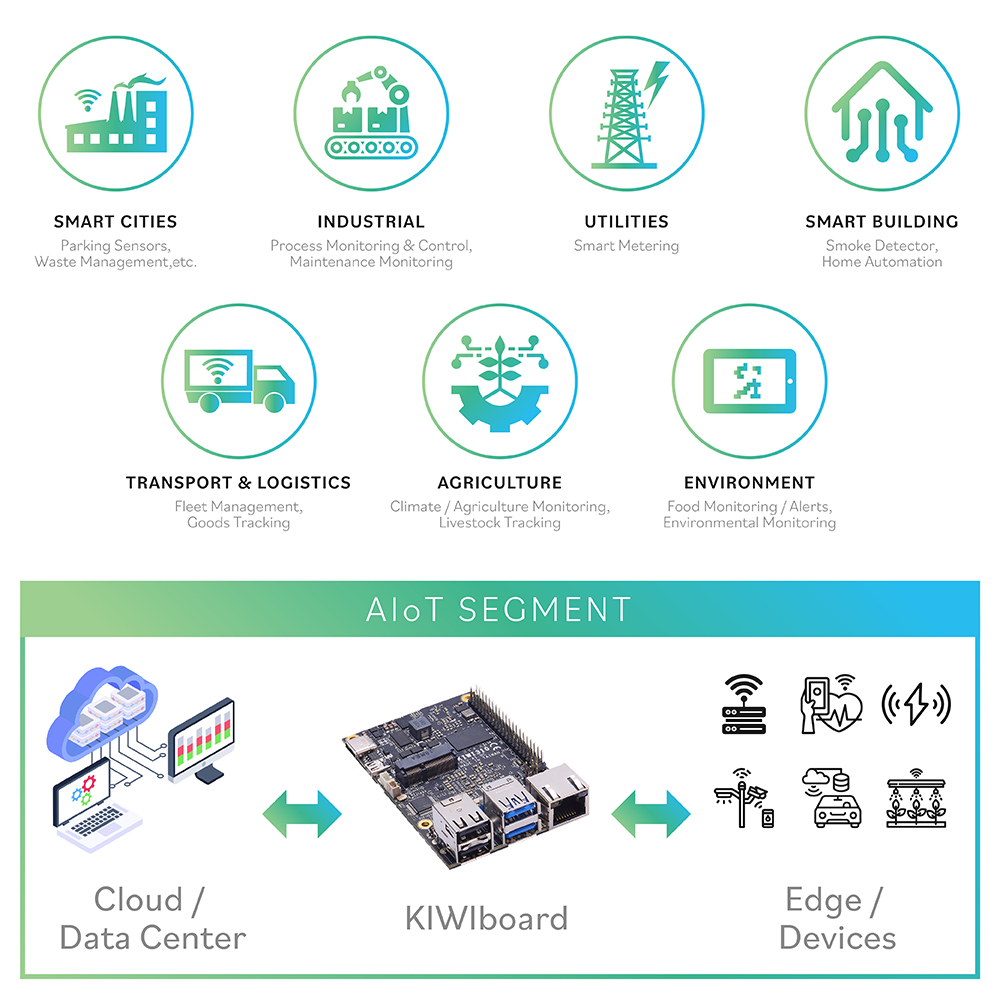
KIWI boards in AIoT Applications
Why KIWI board Solutions?
As we move into an era where connectivity and data are paramount, we must make informed decisions about the hardware that supports us in these innovations.
For those looking to harness the full potential of AIoT, the integration of KIWI boards equipped with M.2 slots for the Hailo AI card is an exemplary option. This combination accelerates the incorporation of advanced AI capabilities and paves the way for a seamless fusion of AI and IoT, ensuring that your business and projects can thrive in a world increasingly driven by data and intelligence. Embrace the future with KIWI boards and harness the transformative potential of AIoT for a wide range of applications.
About KIWI board
KIWI board is a complete solutions provider, supporting every aspect of your project from hardware to software and system integration to get your application functioning securely, reliably, and at peak performance. KIWI board builds its products for high reliability, high performance, security, scalability, and versatility so customers can expect extended service life, quickly adapt to evolving system requirements, and adopt future technologies as they emerge.
Next Steps
Ready to talk about your projects with a KIWI board expert? Contact us
Want to hear more from KIWI board? Sign up for our newsletter
Or request a quotation
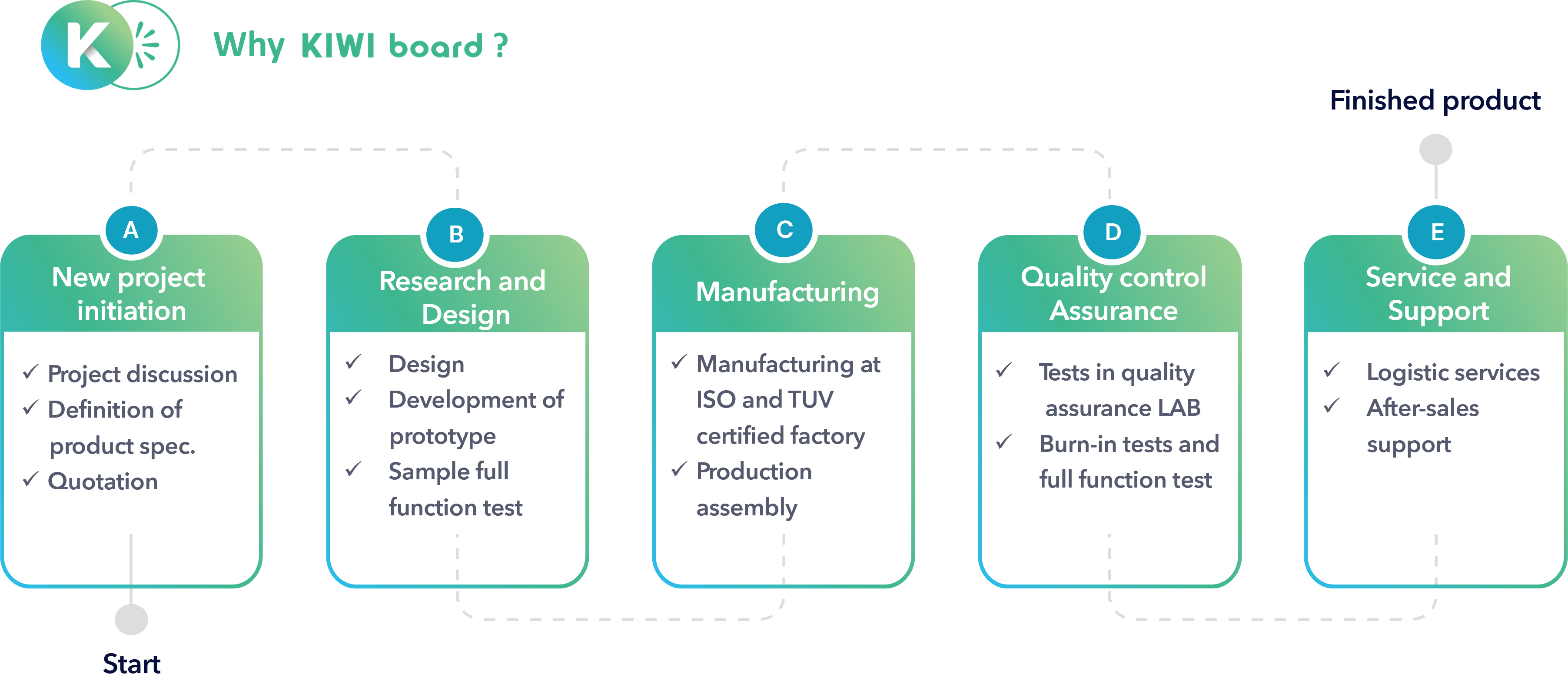
.jpg)




